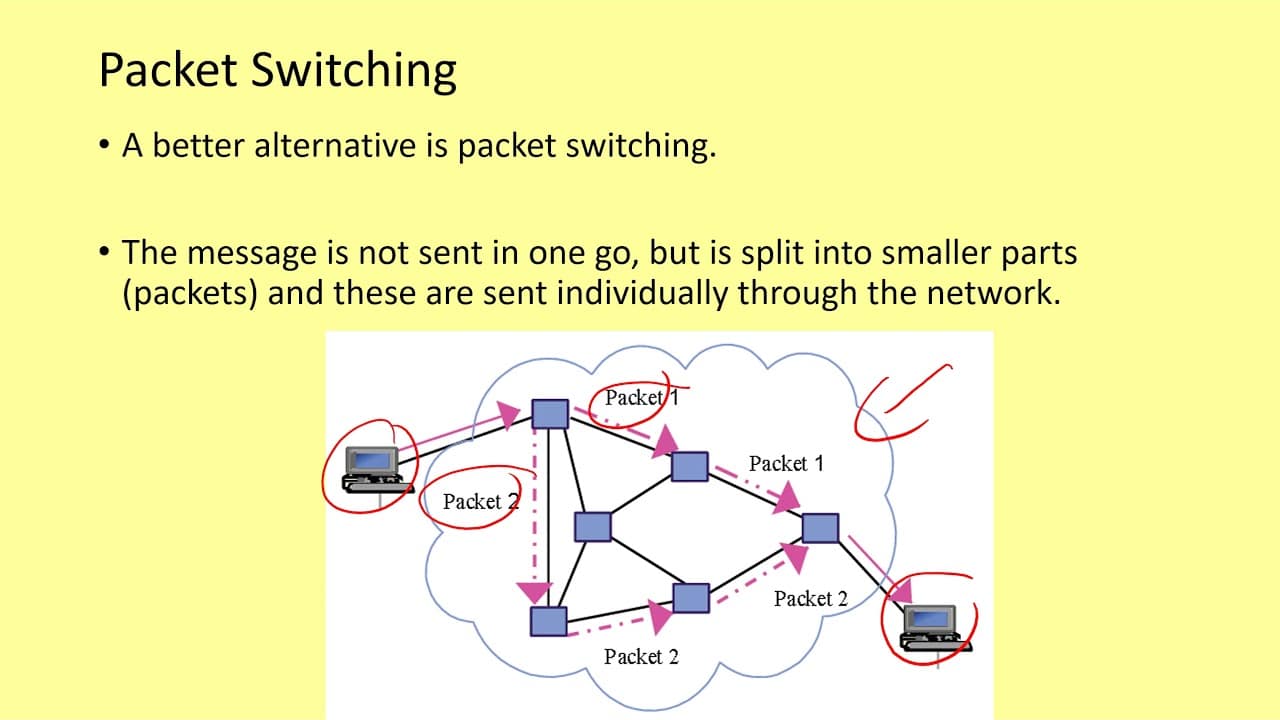Packet switching is a method of data transmission in which information is broken down into packets and sent from one computer to another with the help of a shared network. This technique was first developed in the 1960s and has since become one of the most widely used communication methods in the world, allowing devices to communicate securely over networks.
Packet switching involves breaking down data into smaller pieces called packets, with each packet containing the source and destination addresses of the data as well as the data itself. These packets are then transmitted over a network using a variety of protocols such as Ethernet or wireless networks. When the destination address is reached, the packets are reassembled in the proper order and the data is delivered.
The advantages of packet switching are numerous. It allows multiple users to send and receive data simultaneously, which minimizes the amount of time it takes to send data. Because packets are routed separately, errors can be caught and corrected quickly, meaning that the data is more reliable. Packet switching also provides increased security, since data is broken down into smaller packets that are encrypted before being sent.
Packet switching has revolutionized the way devices communicate over networks. It is used in almost every modern communication technology, from email and web browsing to VoIP and streaming video. Packet switching is also an integral part of the modern cybersecurity landscape, allowing devices to securely communicate over networks without compromising data integrity and privacy.






